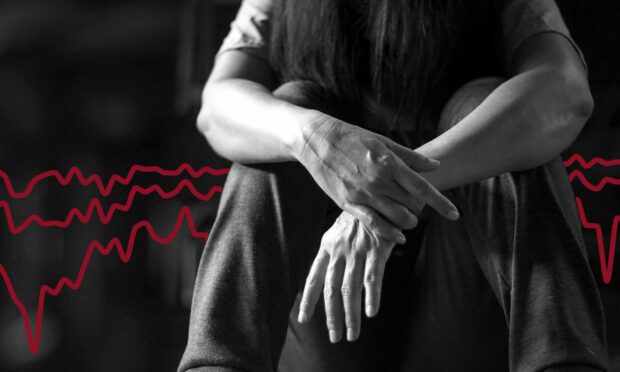Operations can be months or sometimes years in the planning, but many people still receive that call from the NHS to say that their much-anticipated surgery has been cancelled.
Cancellations are also a key metric that indicate how much pressure each health board is under at any given time.
During the pandemic, we saw multiple instances of non-urgent surgeries being cancelled across Scotland in order to redeploy resources to dealing with Covid.
What kind of cancelled NHS operations backlog is Scotland now facing?
We compiled a collection of charts that lay bare the situation across Scottish health boards.
All of the charts in this article will be updated whenever new data is available.
NHS Scotland first published data on cancelled NHS operations in Scotland in 2015 after the then cabinet secretary for health and wellbeing made a commitment to make it available.
This data only includes scheduled elective surgeries, and not urgent or emergency operations.
The chart below shows the total numbers of planned and cancelled operations across Scottish health boards.
Use the dropdown to select the area you are interested in.
Operations can be cancelled for many reasons. The main reasons are as follows:
- Cancelled by the hospital for clinical reasons – This could mean that the patient’s health has deteriorated and they are no longer clinically fit for surgery, or the patient did not follow the pre-operation instructions provided to them by the hospital.
- Cancelled by the patient – With elective surgery this could mean the patient has changed their mind or have had to cancel the surgery for personal reasons.
- Cancelled by the hospital due to capacity or non-clinical reasons – This often means the hospital has encountered staffing issues, or there are no beds available for the patient. It can also mean an operation in the same operating theatre overran and there was no more time that day for the patients surgery. For the purposes of determining how under pressure your local health board is, this is a key metric.
- Other – Reasons can include issues such as a fire alarm preventing an operation from going ahead, adverse weather conditions prevented the patient or staff travelling to the hospital, or that patient transport was required and for some reason did not get the patient to the hospital in time for their surgery to go ahead.
The chart below shows operations cancelled by reason provided.
Select the dropdown to navigate to the area you are most interested in.
Where can I get more help?
If you are struggling with elective surgery cancellations you can seek help from a patient advocacy group.
The Patient Advice and Support Service (PASS) is available to provide advice and support to guide you through your NHS journey.
More health data
This article is part of a series that aims to make data about waiting times and pressures on the NHS more accessible and easy to understand. You can view the rest of the series below.
The charts in this tracker series are automatically updated with the latest available data from Public Health Scotland. The source code for this project can be found on our data team GitHub page.









Conversation